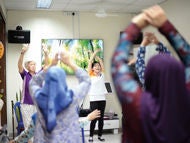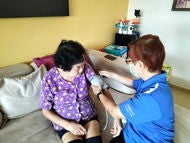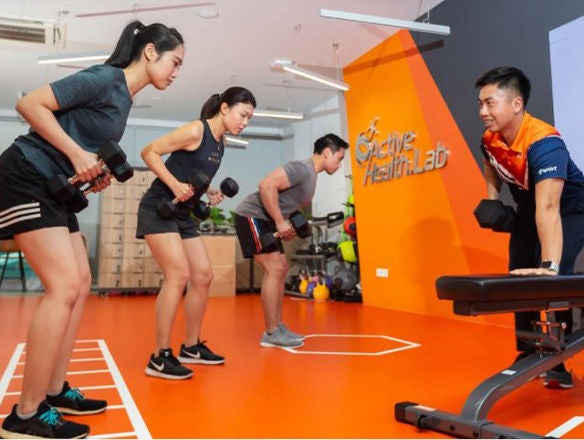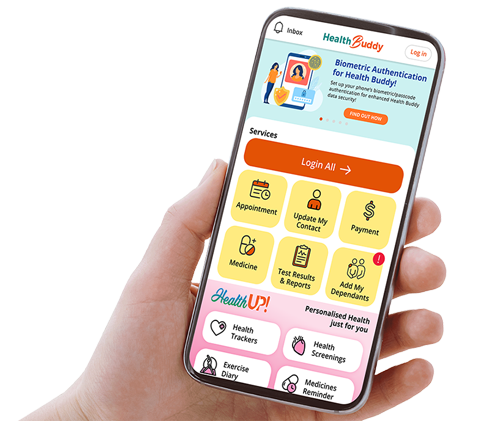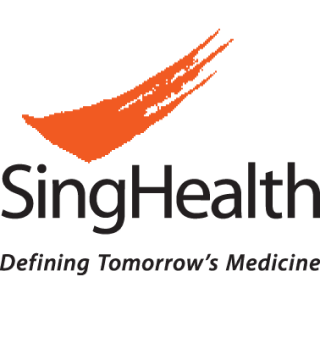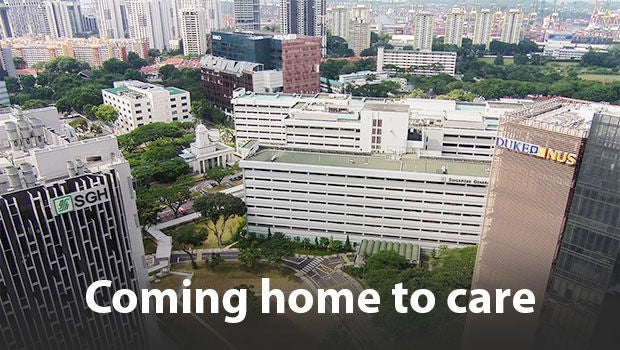
Prof Prema Raj reflects on his return to SGH Campus, his "home", and what drives him and his team at the SingHealth Duke-NUS Liver Transplant Centre almost two years after it was formed.

By Assoc Prof Jeyaraj Prema Raj
Head, SingHealth Duke-NUS Liver Transplant Centre
Senior Consultant, Hepatopancreatobiliary and Transplant Surgery, SGH
"Excellence is an act won by training and habituation. We do not act rightly because we have virtue or excellence, but we rather have those because we have acted rightly. We are what we repeatedly do. Excellence, then, is not an act but a habit."
- Aristotle
The Liver Transplant Centre, a SingHealth Duke-NUS Disease Centre (SDDC), started operating in July 2015. I had returned to Singapore General Hospital (SGH) from the private sector just six months prior, in a move that was contrarian to the prevailing trend.
After 15 years in private practice, I had come back to the place where I "grew up" as a Hepatobiliary, Pancreatic and Liver transplant surgeon. There was much speculation about reasons for my return. Economic gain was the most popular theory followed by a failing private practice; both, ironically, were quite the converse of the reality at the time.
The truth was that my love and passion for transplantation influenced my decision to come back to public healthcare, especially the chance to lead the formation of a Liver Transplant Centre.
It was an abstract and intangible gain, but the choice allows me to impact more lives than I could previously.
Our first patient at the Liver Transplant Centre was a 22-year-old woman born with biliary atresia or blocked bile ducts, who had had surgery as an infant and had received a living-donor liver transplant a year and a half before she came to us.
"It was a union forged not because of obligatory staffing requirements but through sheer passion, dedication and love for our liver transplant patients."
The transplanted liver, which her brother donated, failed, and our team had to give her another transplant. As with all re-transplants, the procedure was very challenging and difficult. We completed the surgery, but things did not look promising in recovery and we were worried for her.
She was in the intensive care unit (ICU) when she wrote on her blog with advice for the transplant team: "Chin up!". Sadly, she died of complications, one month after our transplant.
It was one of the darkest moments in my surgical career but it also pulled the team closer. We resolved to push ahead together – as a team of surgeons, hepatologists, infectious disease specialists, radiologists, anaesthetists, endocrinologists and transplant coordinators, medical social workers, pharmacists, nutritionists, nurses in the ward, high-dependency unit, ICU and operating theatre personnel.
It was a union forged not because of obligatory staffing requirements but through sheer passion, dedication and love for our liver transplant patients. I truly had come home.
The Liver Transplant Centre embodies what I believe are the two roles of healthcare professionals: part engineer, part artist.
As engineers, we diagnose a problem a patient has and apply our knowledge and available technology to fix it. Our work as "health engineers" is visible to many, measurable and quantifiable.
"Our work as "health engineers" is visible to many, measurable and quantifiable... [but] it is the artist in us that makes our patients feel confident, comfortable and secure in their healthcare journey."
As artists, we understand our patients' need for reassurance and compassionate care. It is the artist in us that makes our patients feel confident, comfortable and secure in their healthcare journey – the part of our work that is hard to measure in numbers.
The artist also knows when the engineer can do no more and helps the family and the patient cope at the end of life.
There are two kinds of profit that define healthcare and make it so different from other business organisations: The tangible financial profit and the intangible social profit. Both are equally important in gauging the success of a healthcare organisation.
My hope for the Liver Transplant Centre is that as we grow, we will successfully align the tangible with the intangible: our strategy with our values, innovation with tradition, talent with teamwork, and science with art.
"Patients. At the heart of all we do." is the underlying patient-first philosophy that guides us in SingHealth Duke-NUS Academic Medical Centre. However, to paraphrase Mayo Clinic Rochester's former Chief Executive Officer Glenn Forbes, if we only broadcast this philosophy but not integrate it into the operations, policies, decision-making, resource allocation and ultimately the culture of the organisation, then it is stays nothing more than meaningless words.
"...enjoying the status quo is not an option."
To drive the integration of our values into everyday operations, we need a healthy tension between the patient-first advocacy of healthcare workers and the advocacy for fiscal responsibility of our administrators. Our Executive Committee works as the glue that bonds all the elements together and the lubricant to keep things going.
18 months after our first patient, we have performed seven living donor transplants and 11 deceased donor liver transplants. The Liver Transplant Centre has succeeded beyond our own expectations. But enjoying the status quo is not an option and we must now strive for a better Liver Transplant Centre of tomorrow.
To quote Kaizen philosophy, "Excellence is a journey and perfection is an elusive destination. And we must be relentless in our pursuit of it".
The first version of this article was published in SurgeOn, a publication of SingHealth Duke-NUS AMC's Surgery Academic Clinical Programme.
Contributed by

